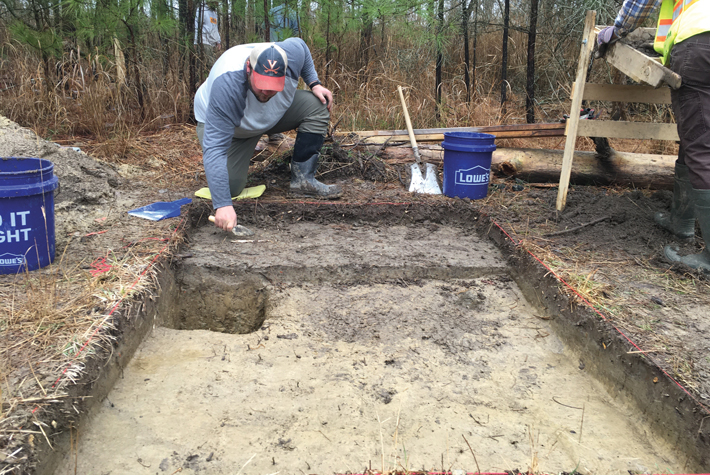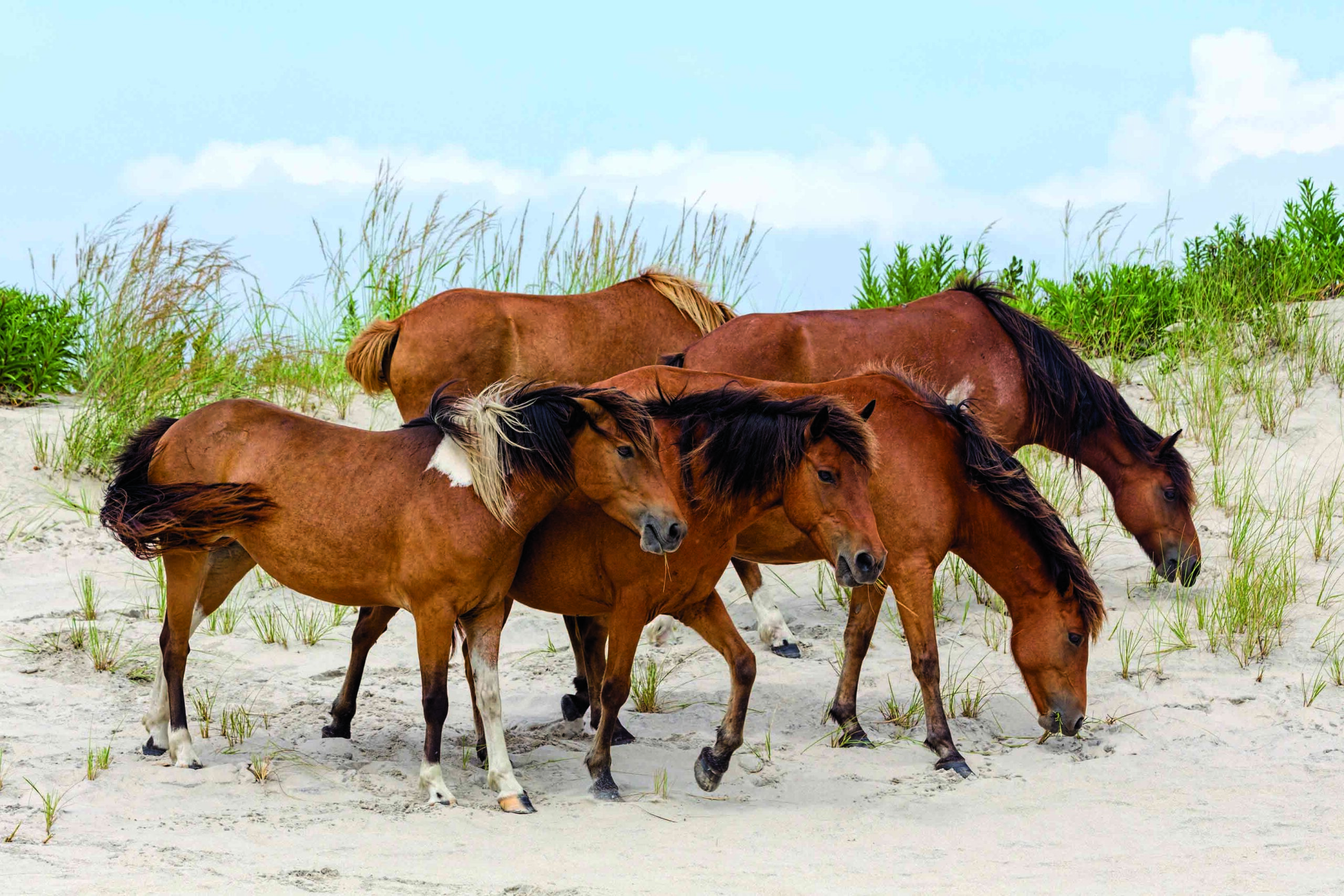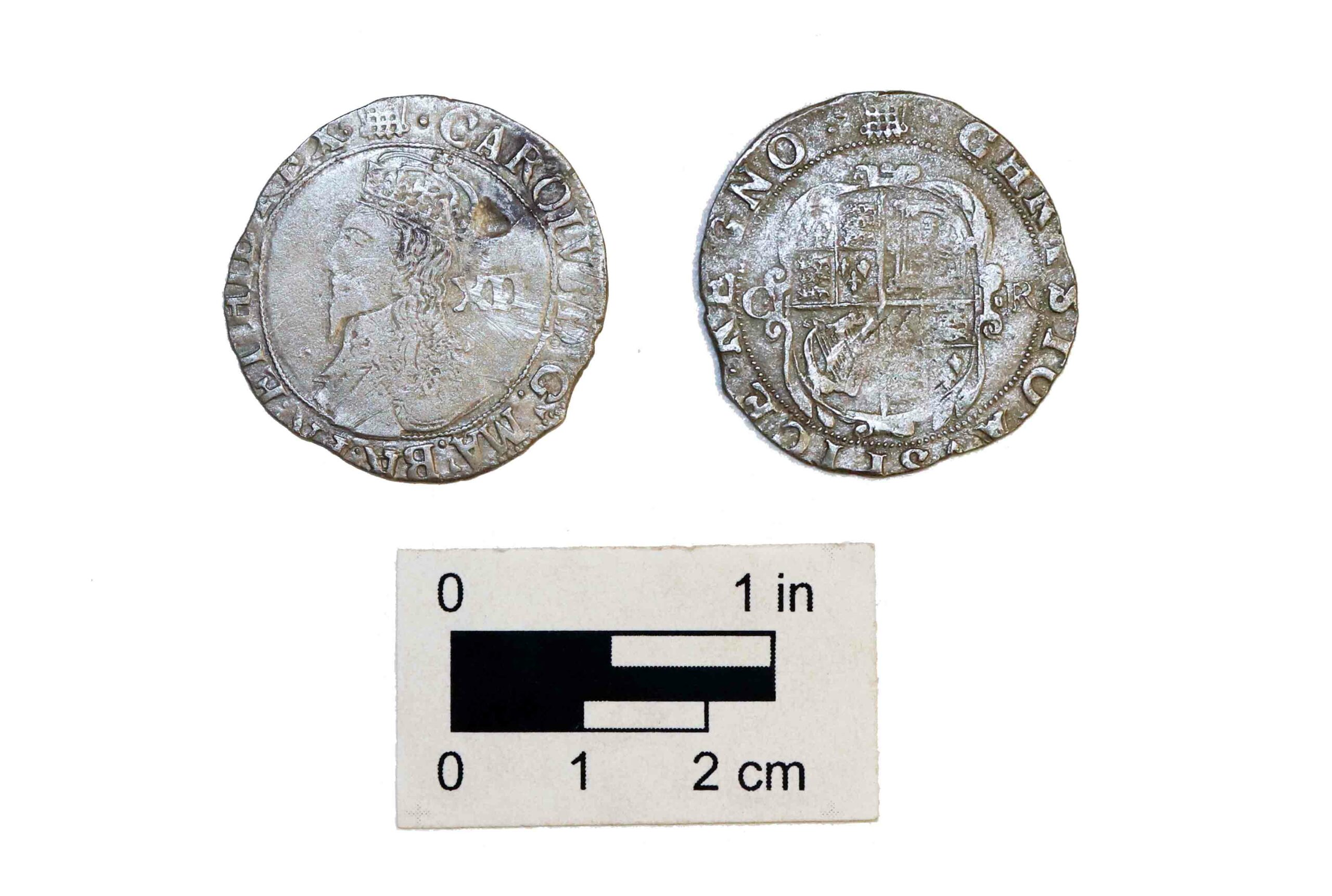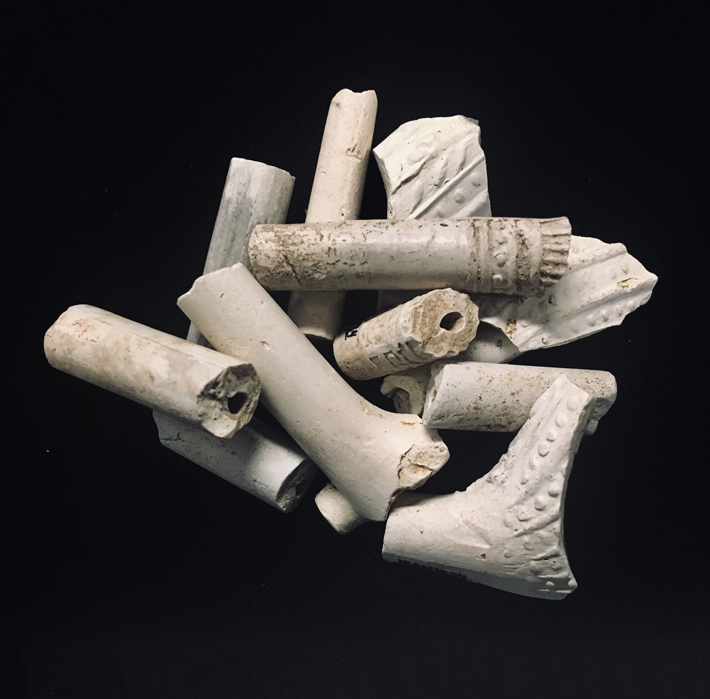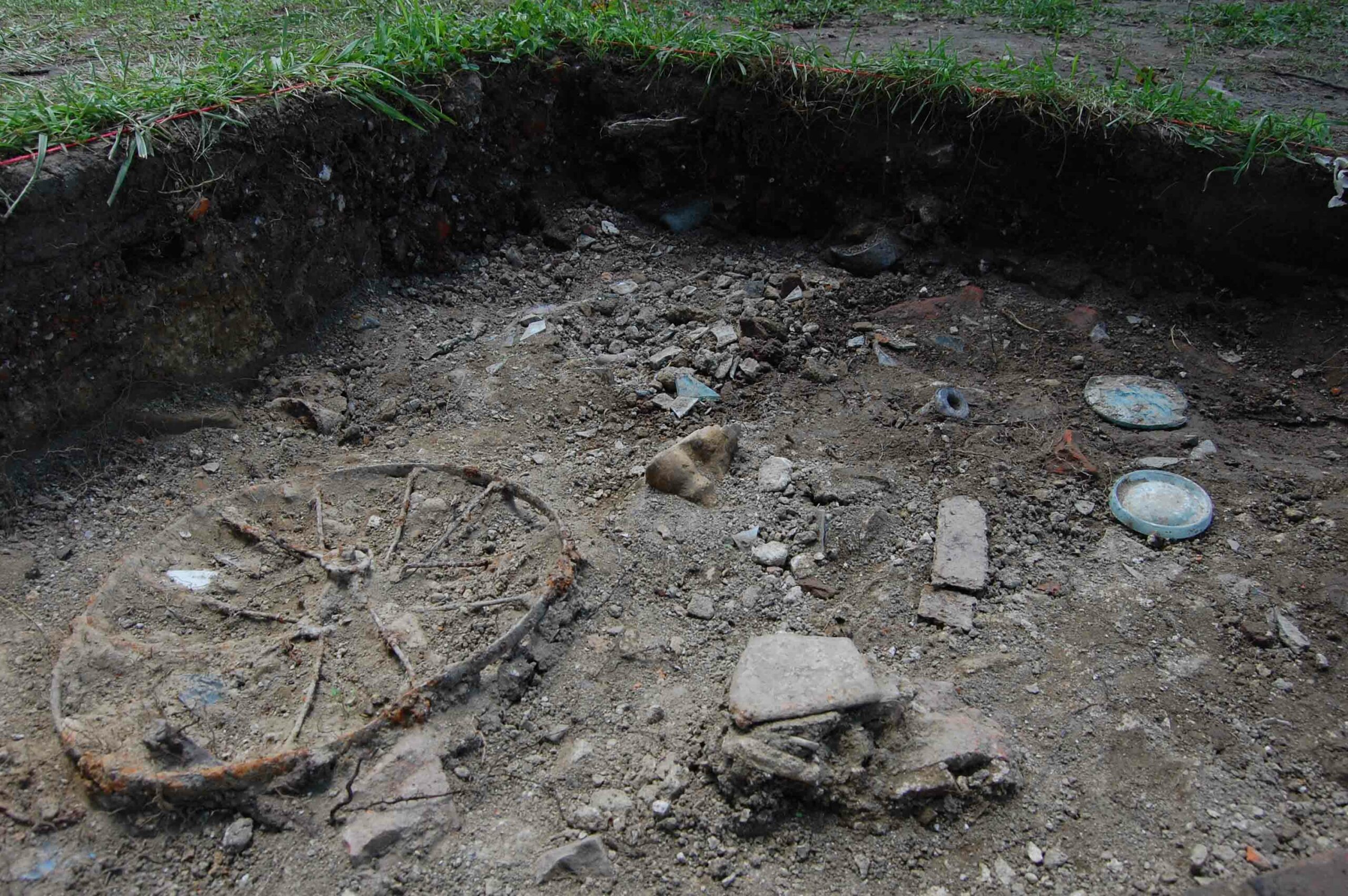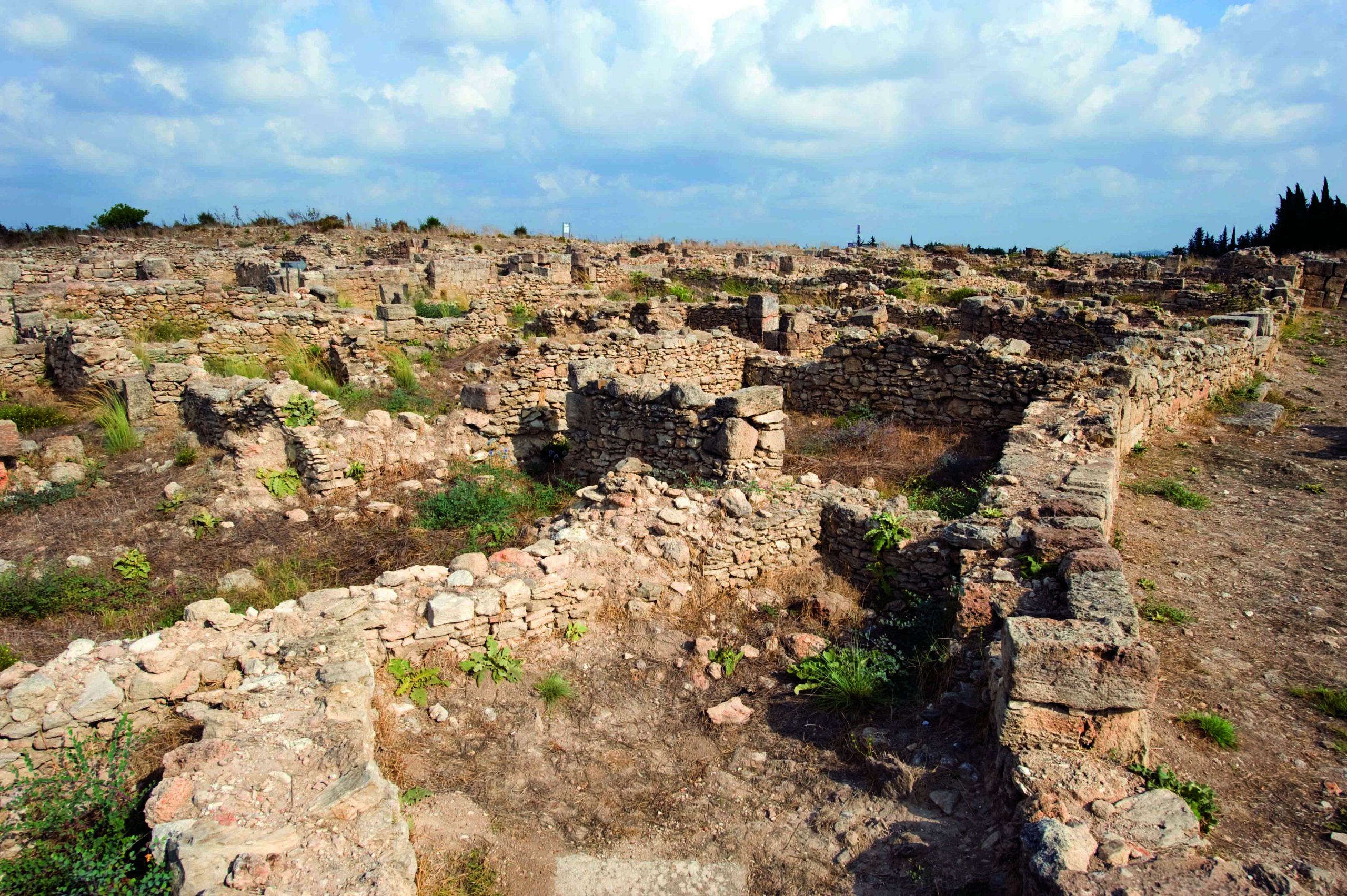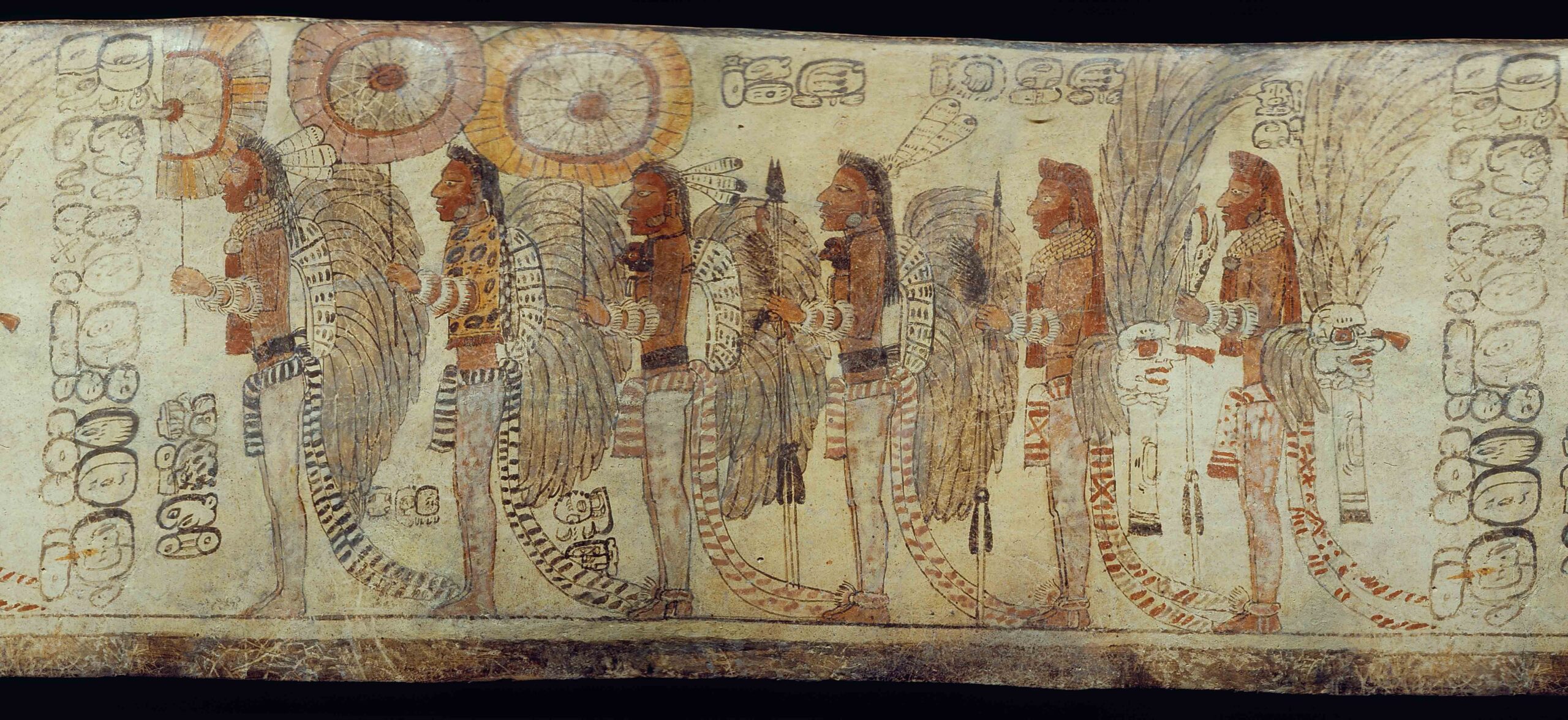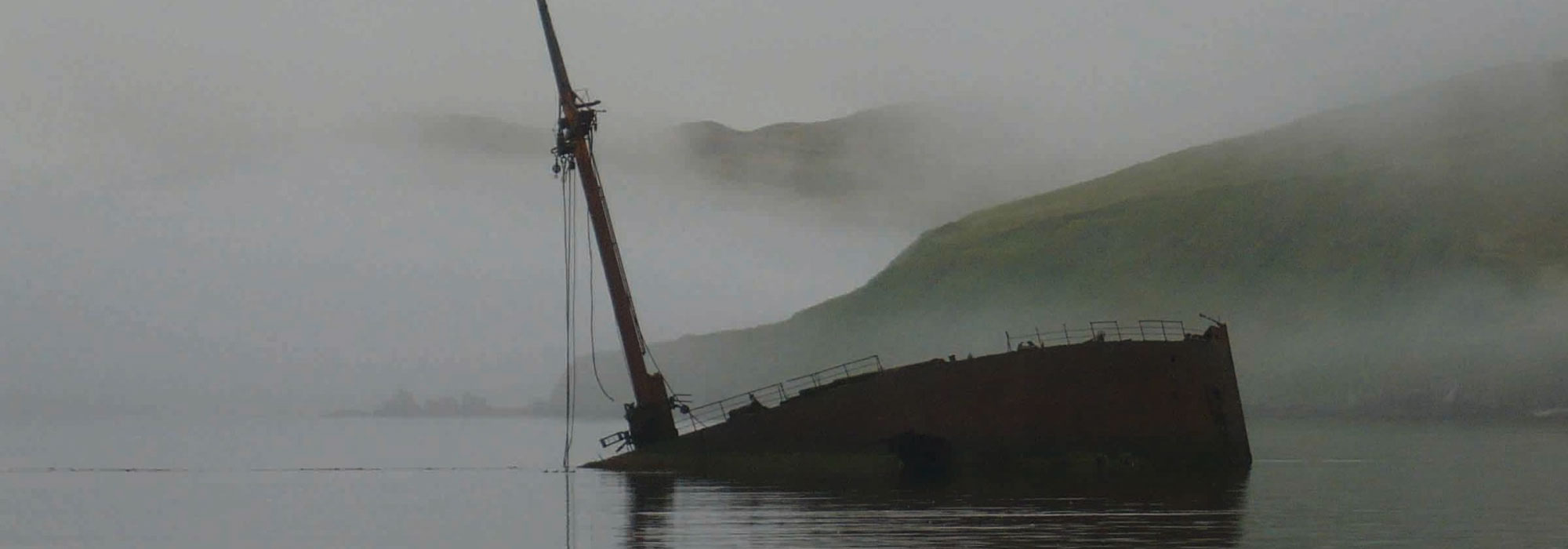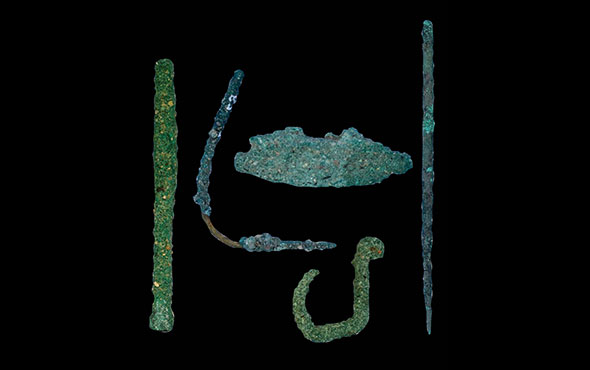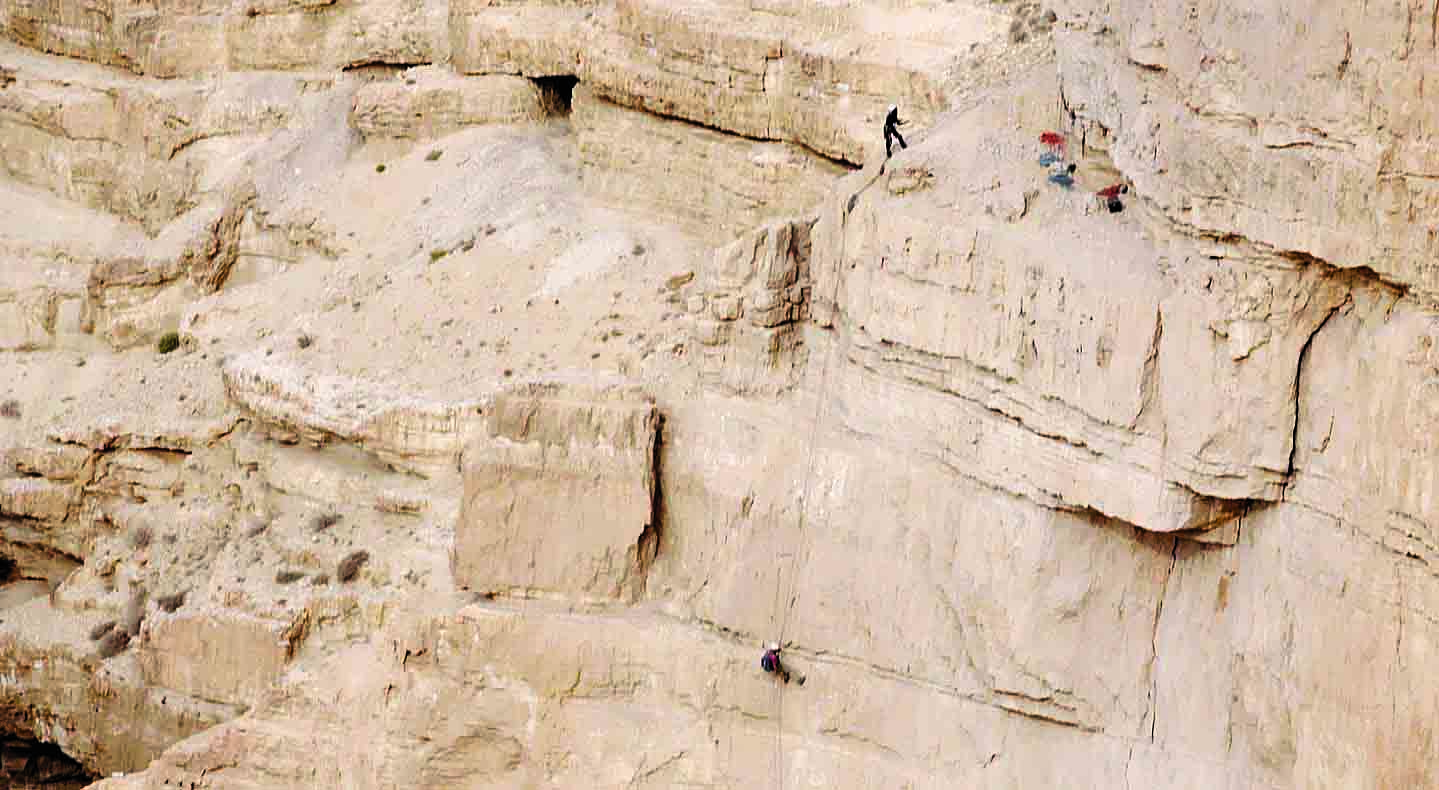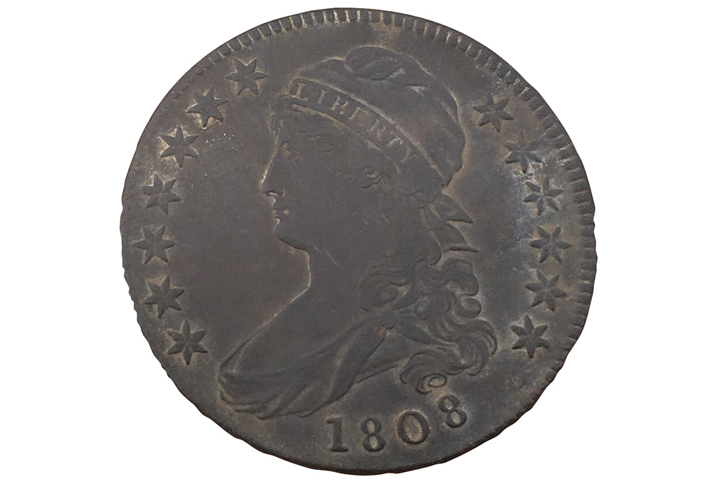
The site of the cabin where Harriet Tubman lived with her family as a young adult in the early 1840s has been located in the Blackwater National Wildlife Refuge on Maryland’s Eastern Shore. According to the will of his former owner, Tubman’s father, Ben Ross, was to be freed from slavery and granted 10 acres in the area. The precise location of his plot, however—referred to as “Old Ben’s Place” in later land deeds—was unknown.
A recent excavation led by Julie Schablitsky, project director and chief archaeologist with the Maryland Department of Transportation, has unearthed a range of evidence of the cabin. This includes a coin dating to 1808 found on an old road leading to the site, ceramic sherds imprinted with dishware patterns popular in the 1820s to 1840s, and bricks, nails, and hinges thought to have been part of the cabin itself. While living there, Tubman likely gained important skills for her career as a conductor on the Underground Railroad. “The area is wet, swampy, full of bugs, and wooded,” Schablitsky says. “She was able to learn to navigate brutal terrain, providing confidence to lead her people through such harsh environments.” Tubman may also have gained pointers on making her way farther afield from free Black mariners who transported wood that her father felled and sold to shipbuilders in Baltimore.
